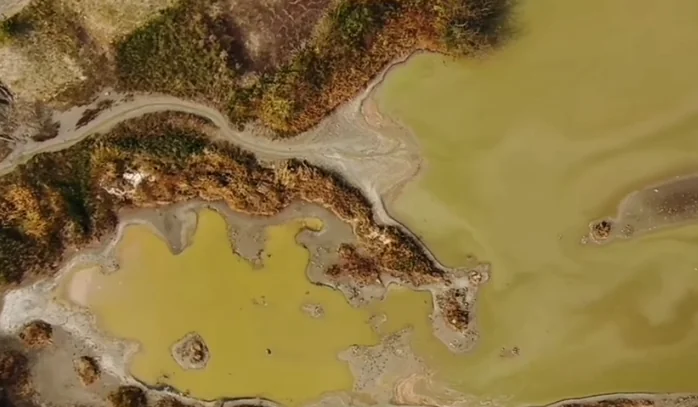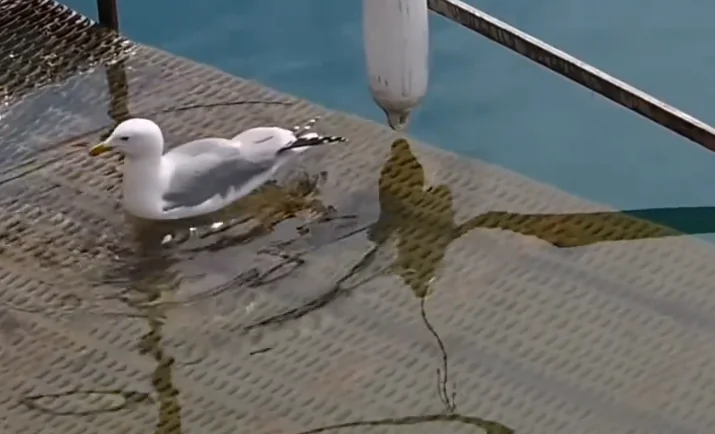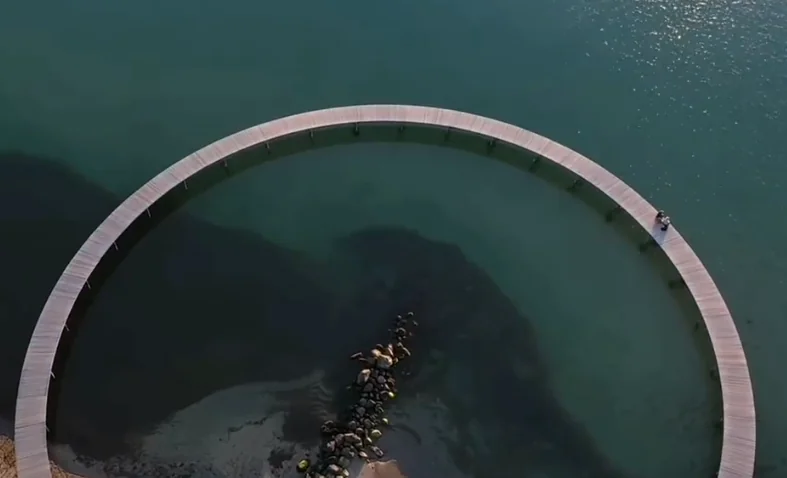In biological wastewater treatment, the anaerobic tank is a key step. It mainly breaks down organic matter.
But in daily operation, many problems often show up in the anaerobic tank. These issues hurt treatment results and make it harder to run the plant.
This guide sums up 4 common problems in anaerobic tanks and why they happen. It helps wastewater operators check and solve these issues.
Anaerobic Tank Effluent COD Is Higher Than Influent COD
Normally, the anaerobic tank should lower COD (chemical oxygen demand). If you see the tank’s COD is higher than incoming water, reasons may be:
- The water has a lot of big, hard-to-break organic compounds. The anaerobic process breaks them into small, easy-to-use organics through anaerobic hydrolysis acidification process. So for a short time, COD in the effluent goes up.
- This is more clear when the anaerobic tank has long retention time. It gives more time for hydrolysis and acidification.

Anaerobic Tank Effluent Ammonia nitrogen Is Higher Than Influent
If ammonia (NH₃-N) from the anaerobic tank is higher than what comes in, it’s usually because:
- The influent has many organic nitrogen compounds, like proteins and amino acids. During anaerobic treatment, these change into ammonia. So ammonia levels rise.
- When ammonia increases, it also means water quality changes. You need to watch system stability closely.
Anaerobic Tank pH Goes Up Too High
If pH in the anaerobic tank rises, common reasons are:
- Organic nitrogen turns into ammonia through amination. This makes the water more alkaline.
- If anaerobic digestion is too fast, organic matter gets broken down quickly. This also pushes pH higher.
- If the water has sulfate, it changes to hydrogen sulfide under anaerobic conditions. This process partly affects pH too.

Low COD Removal Rate in Anaerobic Tank
If COD removal in the anaerobic tank is too low, check these:
- Changes in influent water quality
- Influent pH is too high or too low. This cuts down microbe activity.
- Influent temperature is too low. Reaction slows, especially in winter.
- Problems with sludge concentration
- Sludge is too low. Not enough biomass.
- Or sludge is high, but has too many inorganic solids. So real active microbes are still too few.
- Bad C:N:P balance
- Lacks needed nutrients. Microbes can’t grow well, COD removal drops.
- Not enough hydraulic retention time (HRT)
- Water stays too short. Or tank is too small, load is too big. Organics don’t get enough time to break down, so effluent COD stays high.

✅ Summary
Anaerobic tanks often face problems like high COD, more ammonia, rising pH, and low COD removal. Most reasons come from water quality changes, wrong sludge levels, or unbalanced nutrients.
Operators should test often, watch influent changes, adjust sludge and nutrients, and ensure enough retention time. This keeps the anaerobic system stable and efficient.
